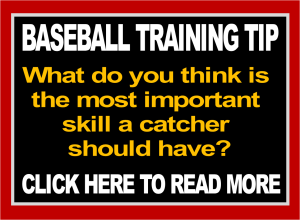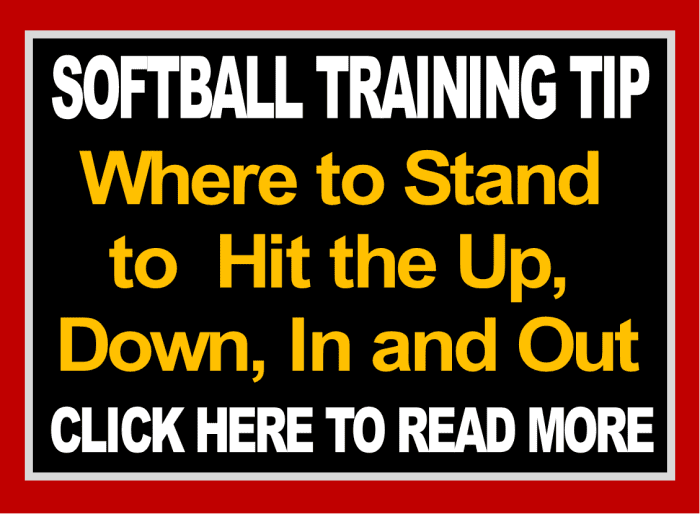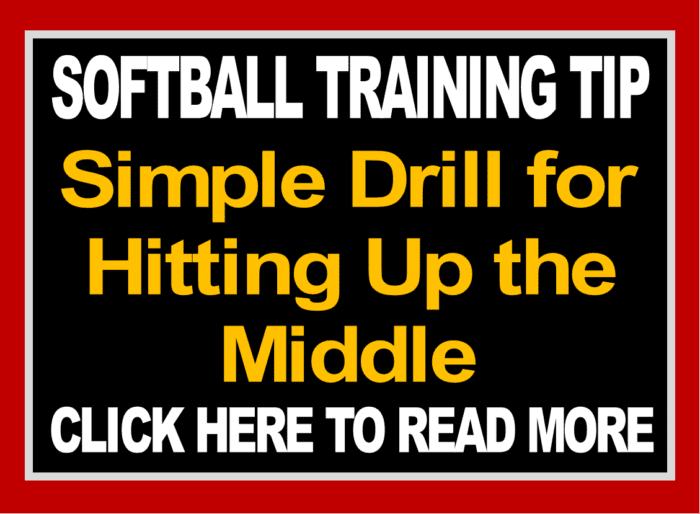
Training Newsletters
Make Him Stop!
One of these days I will make a lengthy video or a series of videos on how to hold runners on base. It would require a lot of work because there are so many little
01 December, 20254 Tips to Turn Indoor Hitting into Outdoor Success
Softball season is starting in many parts of the country – inside that is! Make sure you know the 4 things that will help give your hitters more outside success! If you’re
01 December, 20252 Simple Keys to Pitching Faster
Everyone wants their pitcher to throw faster and yet we make it so difficult and complicated that they actually end up pitching slower. The concept of how to pitch faster i
23 November, 2025What do you think is the most important skill a catcher should have?
Original Post and Photos from Pro Baseball Insider by Doug Benier https://probaseballinsider.lpages.co/lm-perfect-blocking-checklist-copy/ we appreciate the articles an
23 November, 2025Three Things All Runners Must Do At First Base
In today’s video tip, Coach McCreary explains and demonstrates the three things that every runner needs to do when they arrive at first base. If you like it, please share i
16 November, 2025Where to Stand to Hit the Up, Down, In and Out
Do you know where your hitters should stand in the batter’s box when facing pitchers that have really good movement pitches, like rises and drops, curveballs and screwballs
16 November, 2025Just Get It In The Area
Recently I’ve done several videos on double play footwork and drills for both shortstops and second basemen. Of course, the best footwork out there will not matter so much
09 November, 2025Simple Drill for Hitting Up the Middle
Players who pull the ball long but foul often get the “oohs” and “ahhs”, but it’s the player who drives the ball hard up the middle that will help win you games. To help yo
09 November, 2025Options For Catchers On Throws To Third Base
The throw to third base for catchers is not an easy one when there is a right handed batter standing in the batter’s box. To deal with this problem, catchers should NOT …
03 November, 2025A Competitive Drill to Increase Skills & Hustle
What softball coach wouldn’t want a single drill that practiced every skill used in softball, and was competitive at the same time? Does such a drill even exist? It does! C
03 November, 20252 Keys to Getting Better Pitch Movement
All great pitchers control two very important things: their Entrance Path and their Pitch Movement Path. Learn how to help your pitchers do the same thing. Making a pitch m
27 October, 2025Option For Catchers On Throws To Third Base
The throw to third base for catchers is not an easy one when there is a right handed batter standing in the batter’s box. To deal with this problem, catchers should NOT …
27 October, 2025













